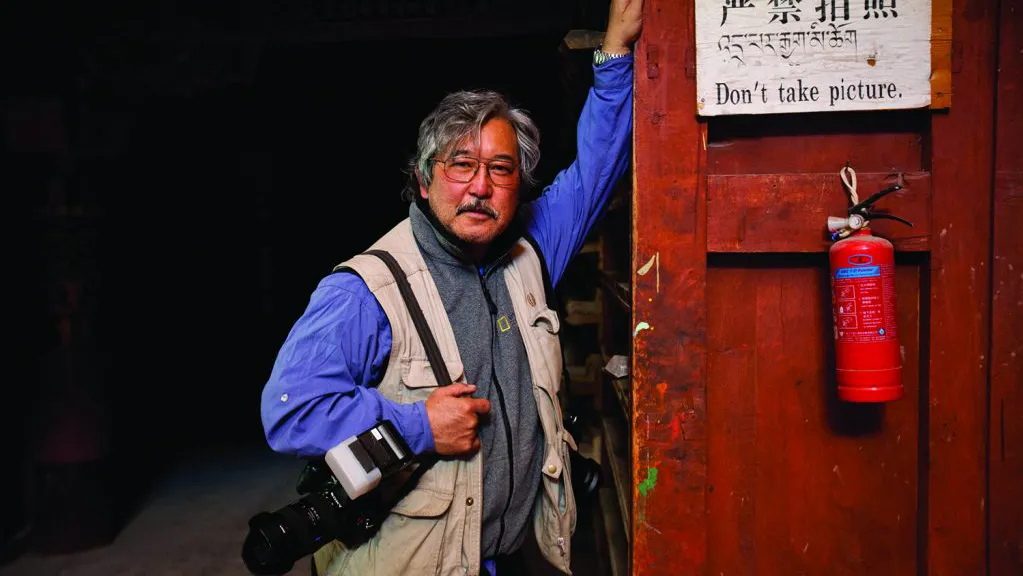Joe Gutierrez | CSUSB Office of Strategic Communication | (951) 236-4522 | joeg@csusb.edu

Michael Yamashita, a National Geographic photojournalist and Sony Ambassador, will give a virtual talk on Friday, May 14, retracing the journeys of two of the greatest explorers of all time: Marco Polo and Zheng He, and how their travels influenced China’s sweeping global development strategy.
“East Meets West: The Epic Journeys of Marco Polo and Zheng He” will be from 10-11 a.m. and sponsored by the CSUSB Phi Beta Phi National Honor Society and Phi Kappa Phi, with generous support from the CSUSB Intellectual Life Fund. To join the free and virtual presentation, go to the program’s Zoom link.
China’s sweeping global development strategy – known as “One Belt One Road” (OBOR) inside China, renamed the Belt and Road Initiative (BRI) outside China for diplomatic reasons – is a 36-year initiative designed to “enhance regional connectivity and embrace a brighter future.” It is designed to be completed in time for the 100th anniversary of the founding of the People’s Republic of China in 2049.
Yamashita will retrace the journeys of Marco Polo and Zheng He, showing how the East and West first learned about each other, and how the decisions China made at the end of this era would lock its citizens into near darkness for more than 500 years, earning the nickname, the “Sleeping Giant.”
Marco Polo is known for traveling along the Silk Road to China, where he explored and documented much of Asia not yet visited by Europeans. Over his time on the Silk Road, he traded and collected jewels, silk and ivory. He spread China’s creativity in the use of coal, money and compasses to improve future exploration. He traveled from Europe to Asia in 1271–95, remaining in China for 17 of those years.
Zheng He was a Chinese explorer who led seven great voyages on behalf of the Chinese emperor. His seven total voyages were diplomatic, military and trading ventures, and lasted from 1405–1433. However, most historians agree their main purpose was to promote the glory of Ming dynasty China.
An Asian studies major at Wesleyan University and fluent in Japanese, Yamashita has followed his roots to become a Far East expert. In addition to his work throughout Asia, which has included intensive concentrations in China, Japan, Korea and India, his work has taken him to six continents. His specialty has been in retracing the journeys of iconic explorers such as Marco Polo and the Chinese Admiral Zheng He, along their historic routes to illuminate their discoveries and help us understand the early roots of globalization.
His work has been exhibited in Singapore, Hong Kong, Taiwan, Japan, Italy, Germany, and closer to home, at the Carter Center, LACMC, and the Smithsonian National Gallery of Art. Along with two documentary features, Yamashita has published 16 books in multiple languages, including his latest, “Shangri-La” (spring 2020). When not speaking or on assignment, Yamashita can be found with his family at his home and photography studio in rural New Jersey, where he is an active volunteer firefighter.
For more information, contact Dorothy Chen-Maynard at dchen@csusb.edu.